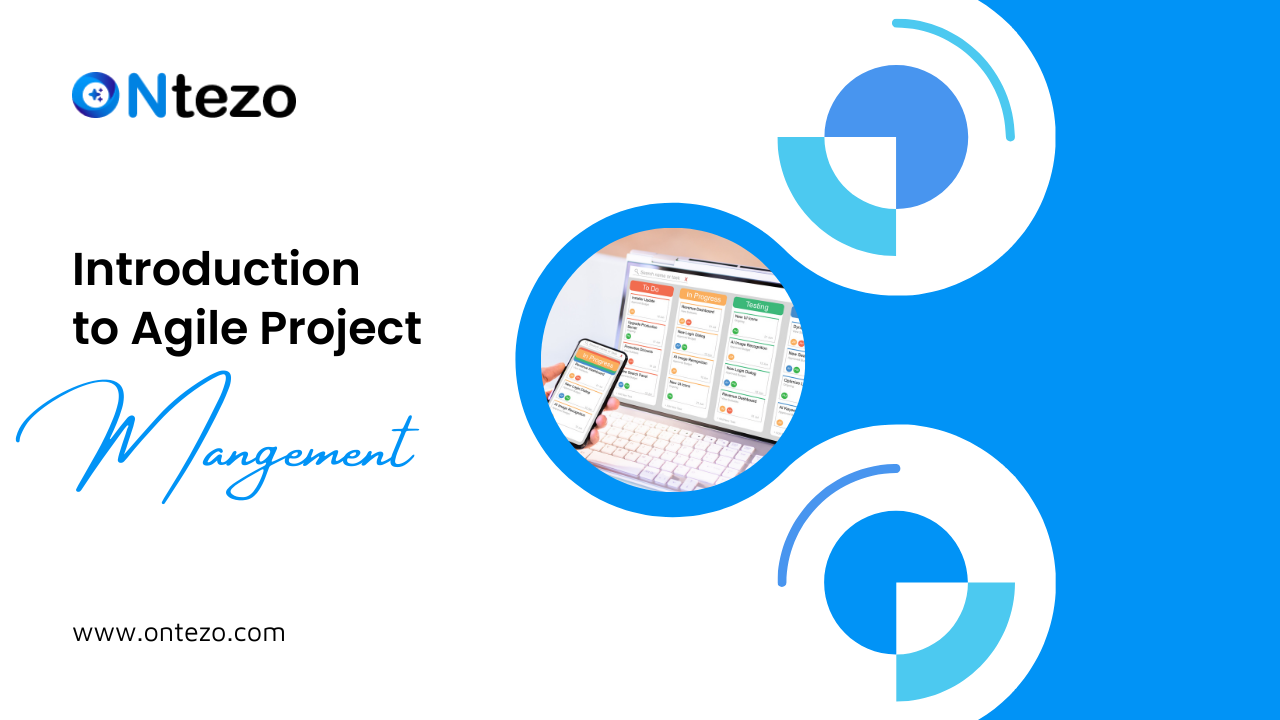
Introduction to Agile Project Management
- August 01, 2024
- by
- tehreem
Agile Project Management is like the Swiss army knife of project management—a versatile and efficient approach designed to keep up with the fast-paced world we live in. Whether you’re working on a tech startup or a marketing campaign, Agile helps teams stay nimble and responsive to change. Did you know that organizations that adopt Agile see a 30% improvement in project success rates? It’s a game-changer!
So, what makes Agile so special? It’s all about flexibility and collaboration. Instead of rigid plans, Agile Project Management focuses on delivering work in small, manageable chunks called sprints. These sprints usually last two to four weeks, allowing teams to review and adjust their strategies frequently. This means you can quickly respond to new challenges and opportunities, keeping your project on track and your stakeholders happy.
Now, add a sprinkle of AI into the mix, and you’ve got a powerhouse of efficiency and innovation. AI tools can analyze data, predict potential roadblocks, and even suggest improvements, making the whole process smoother and more intelligent. Imagine having a virtual assistant that helps your team work smarter, not harder!
Integration of Generative AI
The integration of AI and Generative AI (GenAI) is revolutionizing Agile Project Management, offering tools and insights that make the entire process more efficient and effective. Agile Project Management, especially when combined with AI, offers a fantastic way to keep projects on time, on budget, and in line with your goals.
It’s not just a method; it’s a mindset that brings teams together, fosters creativity, and drives success.
Core Principles of Agile
Customer Collaboration Over Contract Negotiation
In Agile Project Management, prioritizing customer collaboration over strict contract terms is key. AI tools facilitate this by providing real-time data analysis and feedback loops, ensuring that customer needs are understood and met promptly. AI-powered chatbots and virtual assistants can handle customer inquiries 24/7, allowing for continuous engagement and a deeper understanding of client requirements.
Responding to Change Over Following a Plan
Agile’s flexibility is its strength, and AI enhances this by predicting market trends and identifying potential risks. Machine learning algorithms can analyze historical data to forecast project outcomes, enabling teams to pivot strategies swiftly. This responsiveness ensures that projects stay relevant and aligned with ever-changing market conditions.
Iterative Progress and Continuous Delivery
AI and GenAI streamline the iterative process central to Agile Project Management. For instance, AI-driven automation tools can handle repetitive tasks, freeing up team members to focus on more strategic activities. GenAI can also assist in generating test cases or design prototypes, accelerating the delivery process. This continuous delivery model ensures that valuable updates and features are consistently rolled out, keeping customers engaged and satisfied.
Self-Organizing and Cross-Functional Teams
Agile emphasizes the importance of self-organizing and cross-functional teams. AI supports this by offering insights into team dynamics and suggesting optimal task allocations. GenAI can also create training modules tailored to individual team members, enhancing their skills and promoting a collaborative work environment.
Agile vs. Traditional Project Management
In the world of project management, the debate between Agile Project Management and traditional methodologies, like Waterfall, is a hot topic. Agile Project Management is known for its flexibility, allowing teams to adapt quickly to changes, which is crucial in today’s fast-paced environment. In contrast, the traditional Waterfall methodology follows a linear and sequential approach, where each phase of a project must be completed before the next begins. This makes Waterfall highly predictable but less adaptable to change.
Flexibility vs. Predictability
One of the main differences between Agile and traditional project management is flexibility. Agile thrives on iterative progress, where projects are divided into short cycles or sprints. This allows teams to assess progress frequently and make adjustments as needed. AI and machine learning tools can further enhance this flexibility by providing data-driven insights and automating routine tasks, making it easier to pivot when necessary.
On the other hand, the Waterfall approach offers predictability. With a well-defined project scope and timeline, stakeholders know exactly what to expect at each stage. However, this rigidity can be a drawback if unexpected changes occur, as adjusting the course mid-project is often challenging.
Benefits and Limitations
Agile Project Management’s biggest advantage is its adaptability, making it ideal for projects with evolving requirements. However, it requires a high level of collaboration and communication among team members. Conversely, traditional project management provides a clear structure and timeline but may struggle with accommodating change, potentially leading to missed opportunities or increased costs.
The choice between Agile and traditional methodologies depends on the specific needs of the project and the team’s ability to adapt to change. With the integration of AI, Agile Project Management becomes even more powerful, offering enhanced adaptability and efficiency.
Popular Agile Methodologies
Agile Project Management encompasses various methodologies, each offering unique approaches to managing projects. The most popular ones include Scrum, Kanban, Lean, and Extreme Programming (XP), along with other methodologies like Crystal, Dynamic Systems Development Method (DSDM), and Feature-Driven Development (FDD).
Scrum is perhaps the most well-known Agile methodology. It revolves around three key roles: the Scrum Master, who facilitates the process and removes obstacles; the Product Owner, who represents the stakeholders and prioritizes the work; and the Development Team, who deliver the product incrementally. Scrum organizes work into fixed-length iterations called sprints, typically lasting two to four weeks.
Each sprint includes ceremonies such as Daily Standups, where the team discusses progress; Sprint Planning, where tasks are assigned; and Retrospectives, where the team reflects on what went well and what could be improved. This structured approach ensures continuous progress and adaptation.
Kanban, on the other hand, is a visual method for managing work as it moves through a process. The core elements include visualizing the workflow, limiting work in progress (WIP), and optimizing the flow of tasks.
Kanban boards are used to display tasks in columns representing different stages, such as “To Do,” “In Progress,” and “Done.” This methodology emphasizes continuous delivery without overloading the team, making it flexible and easy to implement.
Lean focuses on eliminating waste and maximizing value. Originating from manufacturing, Lean emphasizes continuous improvement and efficiency. It involves identifying and eliminating non-value-adding activities, thus streamlining processes.
Lean is closely related to the Agile principle of delivering minimal viable products (MVPs) quickly to gather feedback and iterate.
Extreme Programming (XP) is another Agile methodology that emphasizes technical excellence and customer satisfaction. XP practices include frequent releases, pair programming, and test-driven development (TDD). These practices help teams produce high-quality software and respond swiftly to changing requirements.
Other notable Agile methodologies include Crystal, which adapts to team size and project complexity; Dynamic Systems Development Method (DSDM), which focuses on delivering business solutions; and Feature-Driven Development (FDD), which is centered around client-valued functionality.
Agile Project Lifecycle
Implementing Agile Project Management in projects involves a well-structured lifecycle that promotes flexibility, continuous improvement, and collaboration. This lifecycle is designed to ensure that projects deliver maximum value while adapting to changes efficiently. Here’s a breakdown of the key stages:
Preplanning: Vision, Objectives, and High-Level Requirements
The Agile journey begins with preplanning, where the project’s vision and objectives are clearly defined. This stage involves setting high-level requirements and understanding the needs of stakeholders. It’s crucial to establish a clear direction for the project, as it guides all subsequent planning and execution phases. AI tools can assist in this stage by analyzing market trends and providing data-driven insights, helping teams align their project goals with market demands.
Planning: Sprints, Backlogs, and User Stories
Once the vision is set, the planning phase kicks in, focusing on detailed sprint planning and backlog creation. In Agile Project Management, work is divided into short, iterative cycles called sprints, usually lasting two to four weeks. During each sprint, teams focus on delivering specific features or user stories, which are detailed descriptions of a feature from an end-user perspective. AI can streamline this process by prioritizing tasks based on historical data, predicting potential roadblocks, and automating repetitive tasks.
Iteration and Release Planning: Continuous Improvement and Adaptation
Iteration and release planning are at the heart of Agile’s adaptive nature. After each sprint, teams review their progress and plan the next iteration. This continuous cycle of planning, executing, and reviewing enables teams to adapt quickly to changing requirements and feedback. AI-driven analytics can provide valuable insights into team performance, helping to refine processes and improve efficiency.
Product Backlog Management
Managing the product backlog is a critical component of Agile Project Management. The product backlog is a prioritized list of features, enhancements, and bug fixes that the team will address. It evolves as the project progresses, incorporating new insights and changes in priorities. AI tools can help manage this backlog by predicting which features will deliver the most value and automating the prioritization process.
Benefits of Agile Project Management
Agile Project Management offers numerous benefits that make it a preferred approach in today’s fast-paced business environment.
Increased flexibility and adaptability:
Agile’s iterative nature allows teams to respond quickly to changing requirements and market conditions. This flexibility is crucial in industries where technology and consumer preferences evolve rapidly, as it enables projects to stay relevant and aligned with current trends.
Enhanced customer satisfaction:
Agile emphasizes continuous customer feedback and collaboration, ensuring that the final product meets or exceeds client expectations. This customer-centric approach helps in building stronger relationships and trust, as clients are involved in the development process and can see tangible progress at regular intervals.
Improved team collaboration and communication:
It is also a hallmark of Agile Project Management. The methodology promotes regular interactions among team members through daily standups, sprint reviews, and retrospectives. These practices foster a culture of open communication and teamwork, helping to identify and address issues quickly.
Challenges and Solutions in Agile Adoption
Adopting Agile Project Management can be highly beneficial, but it also comes with its set of challenges. One common hurdle is resistance to change. Team members and stakeholders accustomed to traditional project management methods may find it difficult to adjust to Agile’s iterative approach.
This resistance often stems from a lack of understanding or fear of the unknown. Additionally, lack of training can be a significant barrier. Agile requires a specific skill set and mindset, which team members may not possess initially.
Strategies for successful Agile adoption
To overcome these challenges, it’s essential to implement strategies for successful Agile adoption. Start by educating the team about the principles and benefits of Agile Project Management. Providing comprehensive training sessions and workshops can help bridge the knowledge gap. Another effective strategy is to start small, perhaps with a pilot project, to demonstrate Agile’s effectiveness and build confidence within the team.
Agile coaching and leadership support
Agile coaches can guide teams through the adoption process, offering insights and best practices tailored to the organization’s needs. Strong leadership support also plays a vital role in fostering a culture that embraces change. Leaders should actively participate in Agile ceremonies and encourage an open dialogue about challenges and improvements.
Incorporating AI tools can further ease the transition. AI can automate repetitive tasks, provide data-driven insights, and facilitate better communication, making the adoption process smoother.
Overall, with proper training, strategic planning, and strong support, organizations can successfully navigate the challenges of adopting Agile Project Management, leading to more efficient and adaptive project workflows.
Agile Tools and Software
In Agile Project Management, having the right tools and software is essential for managing workflows, facilitating communication, and ensuring project success. Among the most popular Agile tools are Jira, Trello, ONtezo and Asana, each offering unique features tailored to Agile methodologies.
Jira is widely used for its robust project tracking and reporting capabilities. It allows teams to create and manage user stories, track progress through customizable boards, and generate detailed reports on performance and productivity. Jira’s flexibility makes it suitable for various Agile frameworks, including Scrum and Kanban. It also integrates seamlessly with other tools, enhancing collaboration and efficiency.
Trello offers a more visual approach to project management with its intuitive board and card system. It’s an excellent choice for teams looking for a straightforward tool to manage tasks and workflows. Trello’s boards can be customized with lists representing different stages of a project, such as “To Do,” “In Progress,” and “Done.” This visual setup helps teams quickly see the status of tasks and prioritize work effectively.
Asana combines task management with project planning, making it ideal for teams that need to coordinate complex projects. Asana offers features like task assignments, due dates, and project timelines. It also supports collaboration through comments and attachments, making it easy for teams to communicate and stay aligned on project goals.
ONtezo – By leveraging generative AI, ONtezo aims to automate project management, oversee project profitability, streamline workflows, and enhance team collaboration. ONtezo will offer robust features to manage business leads, projects, tasks, and employee productivity. It integrates cutting-edge AI technology to optimize work processes and enable smarter decision-making.
Choosing the right tool for your team
It depends on your specific needs and project requirements. Consider factors like the size of your team, the complexity of your projects, and the level of detail required in tracking and reporting. By selecting the right Agile tool, you can streamline your project management processes and enhance your team’s productivity and collaboration.
What is the difference between Scrum and Agile?
Agile is a broad philosophy that emphasizes iterative development, customer collaboration, and flexibility in responding to change. Scrum is a specific framework within Agile that defines roles, events, and artifacts to manage the development process. In Scrum, roles like Scrum Master and Product Owner guide the team through structured events such as sprints and daily standups, ensuring consistent progress.
Can Agile be applied outside of software development?
Yes, Agile principles can be applied to various industries beyond software development. Sectors like marketing, finance, and even construction have adopted Agile methodologies to improve project management and workflow efficiency. Agile’s focus on collaboration, adaptability, and continuous feedback makes it suitable for any field requiring project management.
How does Agile handle changes in project scope?
Agile handles changes in project scope through its iterative nature. With each sprint or iteration, teams reassess and reprioritize tasks based on the latest insights and feedback. This flexibility allows Agile teams to incorporate new requirements or adjustments without derailing the entire project, ensuring that the final product remains aligned with stakeholder needs and market conditions.
Ready to take your project management to the next level? Embrace Agile today and see how it can revolutionize your workflow and project outcomes. Start by exploring the various Agile tools and methodologies, and consider integrating AI to supercharge your processes. Join the Agile movement and unlock your team’s full potential!
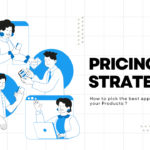
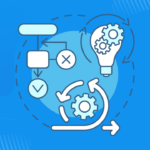
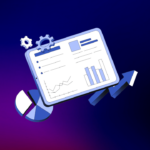

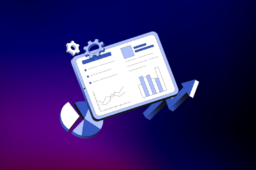
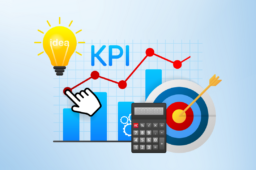

6 Comments
Stevan Smith
26th Sep 2016 - 3:11 pmYou’ve probably been on a seesaw or a teeter-totter at some time in your life – you on one side and a friend on the other.
Roberto
12th Oct 2016 - 5:55 pmDisrupt vegan chicharrones synth, messenger bag etsy health goth.
Perrino
28th Sep 2016 - 8:04 amAenean in dui quis lectus tincidunt hendrerit et vitae enim. Praesent volutpat scelerisque.
Boost Your Project Schedule: How to Leverage Leads and Lags
24th Jul 2024 - 12:37 pm[…] Introduction to Agile Project Management […]
How to Leverage AI Tools for Efficient Project Management? - Ontezo Blogs
30th Jul 2024 - 6:47 am[…] Introduction to Agile Project Management […]
Benefits of Agile Project Management for Businesses - Ontezo Blogs
16th Aug 2024 - 11:49 am[…] for businesses across various industries, from tech startups to Game Development Companies. By embracing Agile, your business can become more flexible, collaborative, and efficient, leading to faster delivery […]